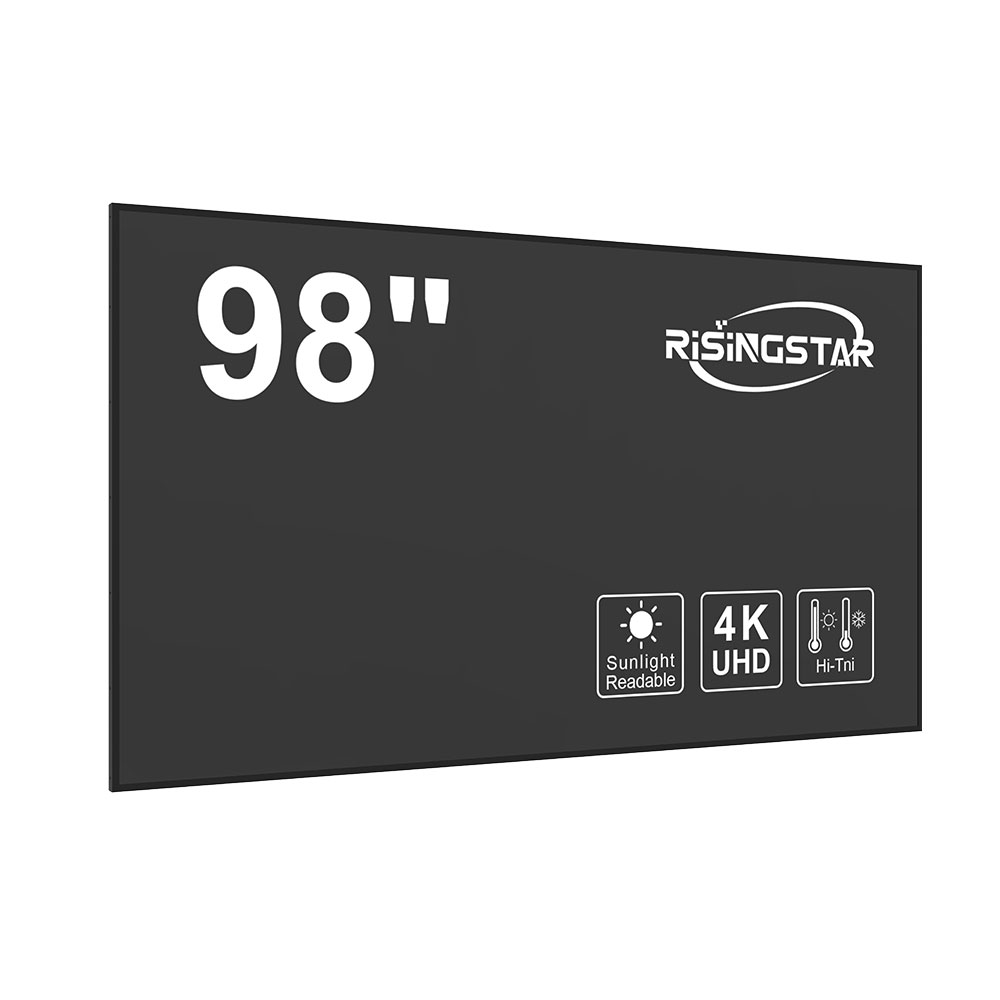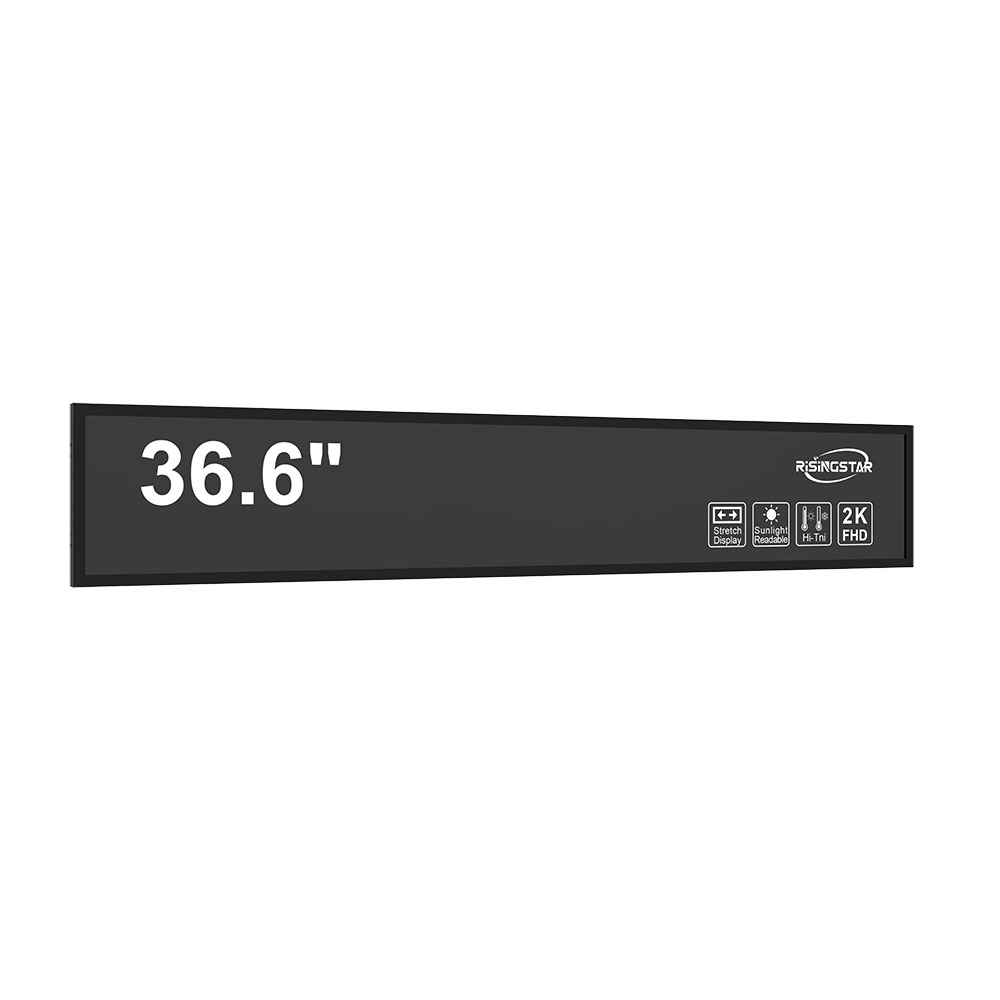- Home
- About Us
- Products
- News
- Video
- Contact
- Send Inquiry
Search
- Home
- About Us
- Products
- News
- Video
- Contact
- Send Inquiry

In the rapidly evolving world of display technology, In-Plane Switching (IPS) panels have become a cornerstone in high-quality visual experiences across consumer electronics, professional monitors, and industrial applications. Understanding what IPS panels are—and how they differ from other display technologies like TN (Twisted Nematic) or VA (Vertical Alignment)—is essential for anyone seeking superior color accuracy, wide viewing angles, and consistent image quality.
IPS panels were first developed in the late 1990s by Hitachi and later refined by companies such as LG Display and Sharp. Unlike TN panels, where liquid crystal molecules rotate vertically, IPS technology aligns the liquid crystals horizontally within the plane of the glass substrate. This arrangement allows for more precise control over light transmission, resulting in significantly improved color reproduction and viewing consistency.
One of the defining advantages of IPS panels is their excellent color accuracy—often measured using ΔE (delta E) values less than 2, which is critical in design, photography, and medical imaging. Additionally, IPS panels support wide viewing angles (up to 178° horizontally and vertically), meaning colors and contrast remain stable even when viewed from extreme angles—a feature crucial for collaborative work environments and multi-user setups.

Modern IPS panels now come in various subtypes, including Advanced Super IPS (AS-IPS), Pro-IPS, and IPS Black, each offering enhanced performance metrics. For example, IPS Black, developed by LG, incorporates a black matrix layer that boosts contrast ratios up to 3000:1, making it ideal for dark-room applications like cinema and content creation.
Another key consideration is response time. While early IPS panels had slower pixel response times (typically 6–8ms), advancements in manufacturing and driver IC technology have pushed modern IPS panels to achieve sub-5ms response times—making them suitable for gaming and fast-motion video without motion blur.

From an energy efficiency standpoint, IPS panels typically consume slightly more power than TN panels but offer better brightness uniformity and reduced glare. When paired with LED backlighting and local dimming features, IPS displays can deliver exceptional sunlight readability—an important factor in outdoor kiosks, military equipment, and automotive infotainment systems.
According to industry reports from Display Supply Chain Consultants (DSCC), over 65% of premium smartphones and nearly 70% of professional monitors shipped globally in 2023 utilized IPS-based displays. This dominance underscores their reliability, performance, and scalability across diverse industries—from healthcare and aviation to digital signage and augmented reality.
In summary, IPS panels represent a mature yet continuously improving display solution that balances color fidelity, viewing flexibility, and durability. Whether you're selecting a monitor for graphic design, a tablet for field service technicians, or a ruggedized screen for defense applications, understanding the core benefits of IPS technology ensures informed decision-making and long-term value.